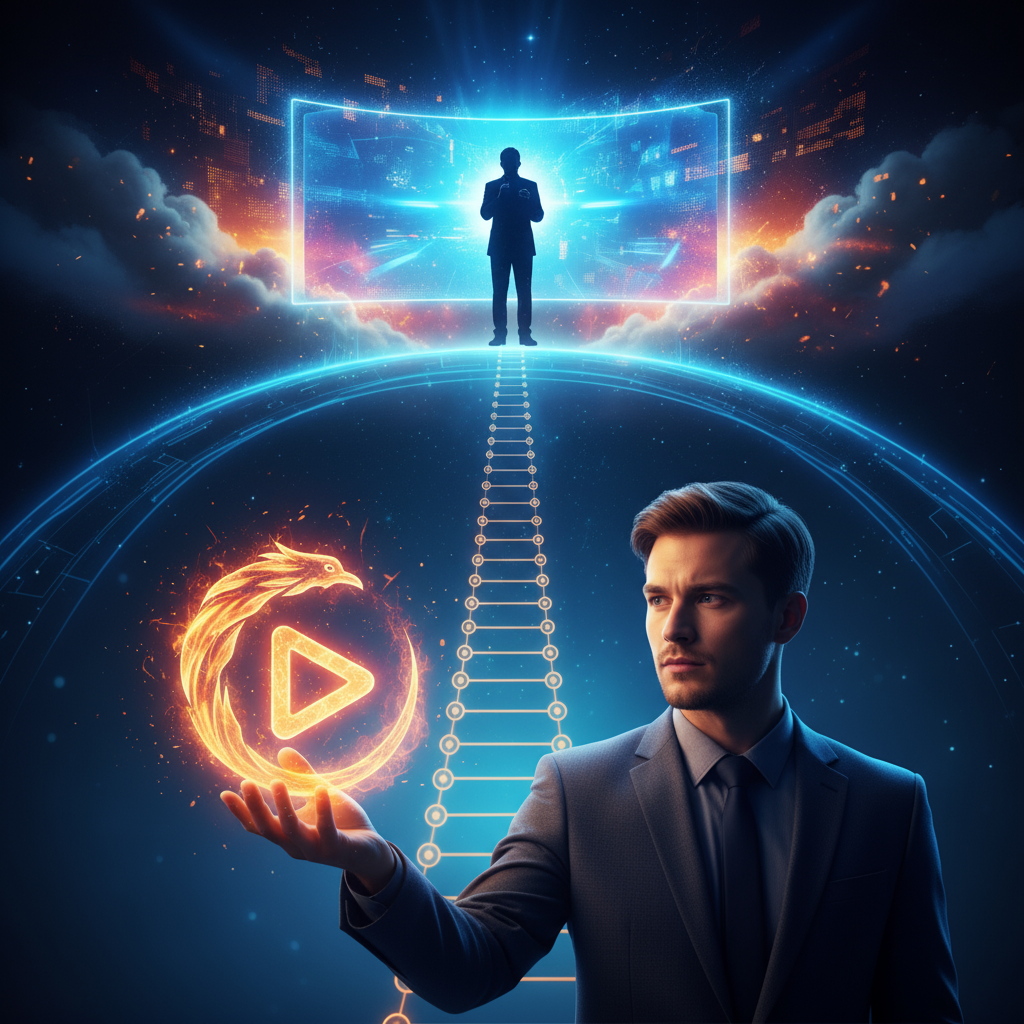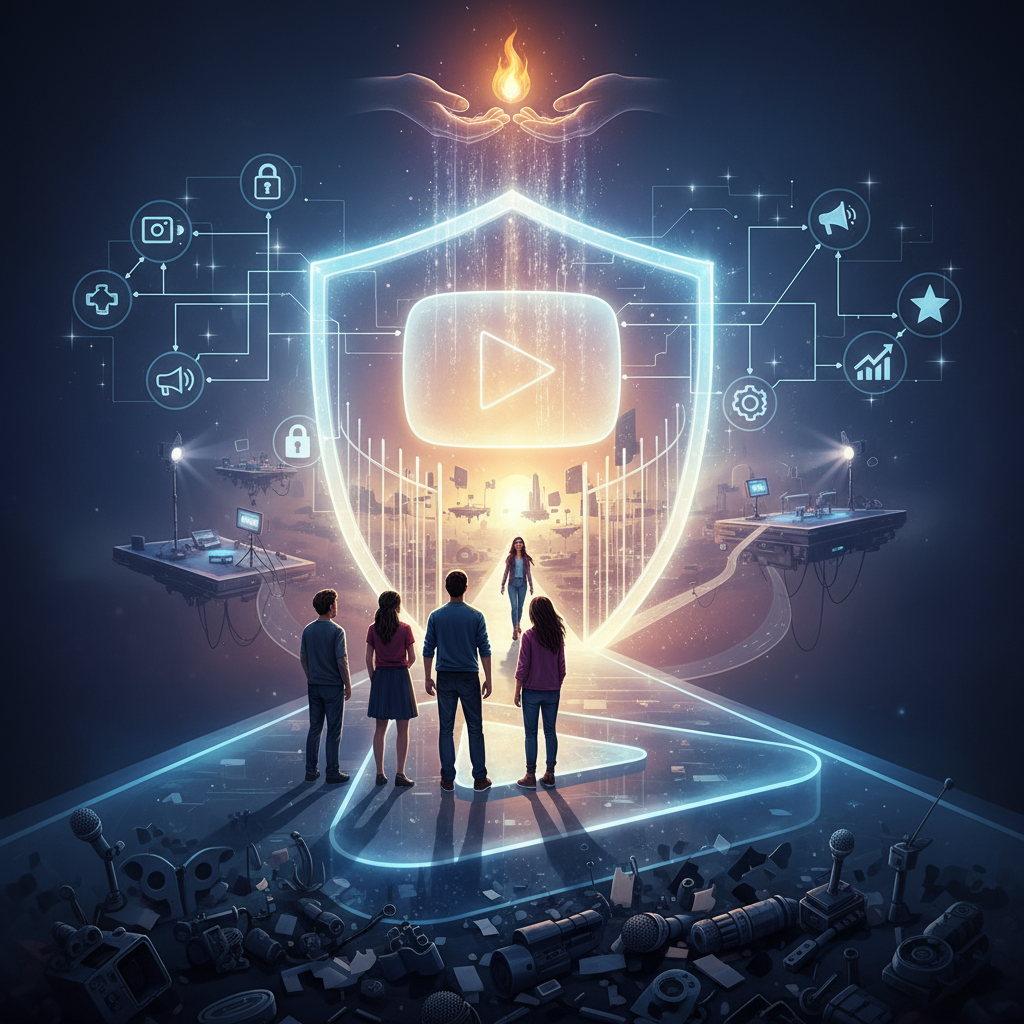A Second Chance on the Digital Stage: YouTube’s New Reinstatement Policy

The digital landscape is a dynamic and often controversial space, especially when it comes to content moderation. For years, platforms like YouTube have grappled with the delicate balance between fostering free expression and preventing the spread of harmful misinformation. This tension came to a head during the COVID-19 pandemic and the lead-up to recent elections, prompting YouTube to take decisive action against channels spreading what it deemed to be false or misleading information. Many creators found themselves permanently banned, their digital livelihoods and audiences erased in an instant.
However, a new chapter is unfolding. In a recent announcement, YouTube, under its parent company Alphabet, has signaled a potential shift in its approach. The platform is now offering a “second chance” to some previously banned creators, particularly those who were deplatformed for COVID-19 and election-related misinformation. This policy reversal has ignited a fresh wave of debate, raising questions about accountability, redemption, and the evolving nature of content moderation in the digital age.
Who Gets a “Second Chance” and How Will it Work?

While the prospect of reinstatement is undoubtedly significant for banned creators, the specifics of YouTube’s new policy remain somewhat vague, particularly concerning who will qualify. The company has stated that “some previously terminated creators” will now have the ability to “request” a review of their ban. This isn’t a blanket amnesty, but rather a targeted opportunity for certain individuals to plead their case.
One critical aspect is the type of content that led to the ban. The focus appears to be primarily on misinformation related to COVID-19 and elections. Creators who engaged in more egregious violations, such as hate speech, harassment, or incitement to violence, are unlikely to be considered for reinstatement. This highlights YouTube’s continued commitment to protecting its community from genuinely harmful content while potentially offering a pathway back for those whose violations were more aligned with evolving moderation policies.
The “request” process itself will likely involve a thorough review by YouTube, assessing the creator’s past content, their current understanding of community guidelines, and any steps they may have taken to rectify their past behavior. It’s a high-stakes application, and the burden of proof will undoubtedly fall on the banned creators to demonstrate their commitment to adhering to YouTube’s terms of service moving forward. The company has not yet provided clear metrics or criteria for what constitutes a successful reinstatement request, leaving much open to interpretation.
The Rationale Behind the Reversal: Policy Evolution or Public Pressure?
The decision to offer “second chances” is likely driven by a combination of factors. One significant element is the evolving nature of information itself. What was considered definitive truth at one point, particularly during the early days of the pandemic, has sometimes been re-evaluated as new scientific data emerges. This fluidity makes content moderation a moving target and can lead to situations where past violations might now be viewed differently.
Another contributing factor could be the constant pressure from free speech advocates and lawmakers who argue that platforms wield too much power in deplatforming individuals, often without sufficient due process. The House Judiciary Committee’s engagement with Alphabet suggests legislative scrutiny plays a role in prompting such policy reviews. Platforms are increasingly being held accountable for their moderation decisions, and offering a path to reinstatement could be seen as an attempt to mitigate these pressures and demonstrate a more nuanced approach.
Furthermore, a more pragmatic reason could be the recognition of the economic impact of permanent bans. Many creators rely on YouTube as their sole source of income. While the platform has a responsibility to maintain a safe environment, completely severing creators without any recourse can lead to significant economic hardship and resentment within the creator community. A reinstatement process, however limited, offers a glimmer of hope to those who have lost their livelihoods.
The Road Ahead: Challenges and Expectations
While the new policy offers a ray of hope for some, it also presents significant challenges and raises important questions. How will YouTube ensure consistency and fairness in its review process? Will there be transparency about the criteria for reinstatement? And perhaps most importantly, how will the platform manage the potential backlash from users who believe strict enforcement of content policies should remain paramount?
For reinstated creators, the journey back will not be without its hurdles. They will likely face intense scrutiny from their audience and critics, who will be quick to point out any perceived missteps. Rebuilding trust and demonstrating a genuine commitment to responsible content creation will be crucial. YouTube, in turn, will need to be prepared for the public discourse surrounding each reinstatement, explaining its decisions clearly and upholding its commitment to its community guidelines.
This “second chance” initiative from YouTube marks a significant moment in the ongoing evolution of content moderation. It acknowledges the complexities of managing a global platform, the changing nature of information, and the inherent human desire for redemption. While the specific details are still emerging, it signals a potential shift towards a more flexible and, perhaps, more forgiving approach to creators who once found themselves on the wrong side of YouTube’s content policies.

